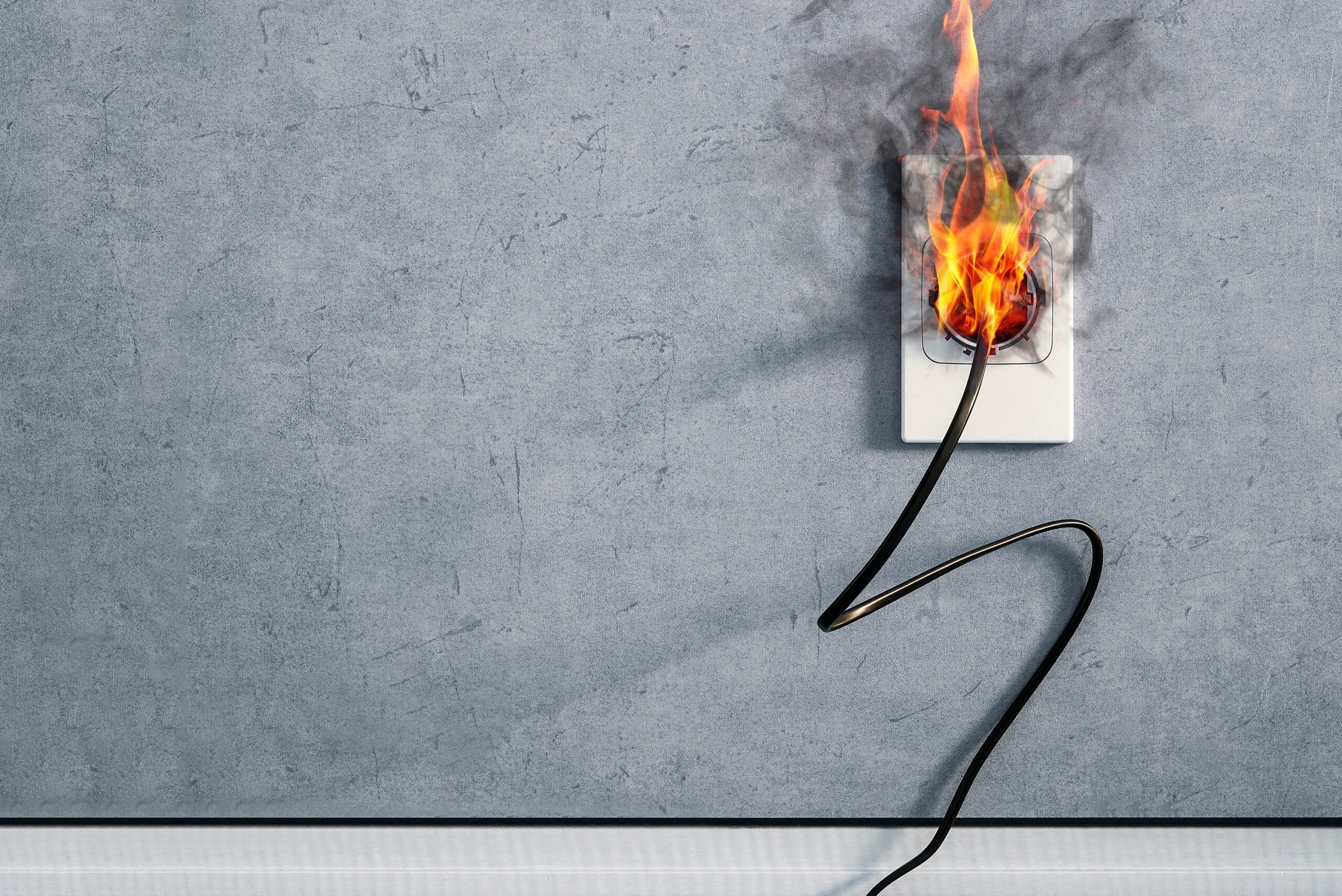Since time immemorial, fire has been part of civilization. Perhaps, if our ancestors have not learned to produce fire, we may be moved back a bit in terms of technological advancement. For without a shadow of a doubt, fire is part and parcel of technology. In fact, the best of steel can only come from the hottest of fires.

It’s true. Fire, when harnessed properly, is a great servant. However, things can get ugly pretty fast when a fire starts on its own and, in a sense, becomes its own master. It’s as destructive as can be. Think about it. In a five-year period, house fires meant 2,620 lives lost and property damages running to $6.9 billion. All that should tell you it’s high time we take fire incidents seriously.
The good news about house fires is more often than not, they are preventable. Looking at the ins and outs of house fires across America in the past should make things apparent. It should leave us a vital clue on how to keep our homes safe from the destructive nature of a flame. Here’s a lowdown.
Education Is Key
You’d be missing out big time if you fail to recruit everyone in the household to join you in your fight to prevent fires from happening. Remember, if junior is capable of lighting a match, he should be warned about the dangers of a fire breaking out. After all, you’re living in one precious abode.
Start with educating everyone, including children, on fire safety measures. Establish rules around risky places such as the kitchen. To boot, someone cooking should not leave the kitchen when a stove is cooking. Instead, he should turn the stove off once he leaves the room – even when it’s just for a few minutes.
Take note about 49% of home fires are cooking-related fires. Usually, this materializes when grease overheats, a normal consequence when nobody is watching the cooking. Highly-flammable, overheated grease doesn’t even need direct contact with fire to combust spontaneously. Unabated, such a fire could latch onto the gas line fed to your stove. When that happens, your house could be history.
Upgrade Your Smoke Alarms
Smoke alarms are a nifty way to prevent fires. Government recommendation has it that you should test your smoke alarm once a month for the best result. Moreover, have their batteries changed at least twice a year.
But a better approach for you is to nix your old-school smoke alarms and rely on smart detectors instead. Once connected to the Wi-Fi, such new tech can send timely alerts to your smartphone whenever an emergency happens. Even better, it will notify you if batteries need to be replaced. With these devices, you can be alerted even when you’re far from home.
Know that above and beyond, taking out an insurance policy for your home is wise. By doing so, you are protected from untimely damage to your precious abode in cases when a fire breaks out. What’s more, home insurance can also include protection from wildfires and protection for your precious belongings (e.g., jewelry, paintings) in-home. Of course, you should discuss these things with an insurance agent and read the fine print of your contract.
Flammables in Order
Fire is an opportunist. As soon it sees opportunity as ripe, it strikes. The key, therefore, to prevent one is to keep flammable things at bay. When you do, you lessen the chances that fire ever occurs. Some of these preventive measures are:
- Gathered dry leaves and lawn clippings mixed can heat up and start a fire. To prevent that, dispose of these things as soon as possible.
- Rubbing alcohol is flammable. Store it away from open flame and sparks.
- The same holds true for hairspray and aerosol cans. Keep them away from heat.
- Gasoline and paint thinner is flammable. Never store them in-house. Instead, store them in a well-ventilated covered area.
- Cooking oil is also flammable. Never put them near the fire when cooking. Instead, tuck it safely away from the open flame.
Candles in Check
You could look at candles with a lot of hope. In fact, they’re symbolic in nature, used oft-times in religious settings and prayer. Make no mistake about it, though. Candles cause fires that wreak havoc on homes all over America.
National Fire Protection data shows in the span of four years (2014 to 2018), candles caused over 7,600 fires, not to mention over 600 injuries and over 80 deaths for each year during the period. The same holds true of the lighters and matches that children can gain access to.
Know that fires caused by candles usually happenduring the holidays, from Christmas to New Year’s Day. A good habit to keep is never leave them lighted in an empty room. Extinguish them as soon as you’re done using them. Distance is key. Keep lighted candles at least a ruler away (12 inches) from ignitable materials.
It’s true. Keeping fire incidents at bay is a tall order. But it’s a small price to pay to keep your precious abode protected and your family safe and comfortable.

Leave a Reply